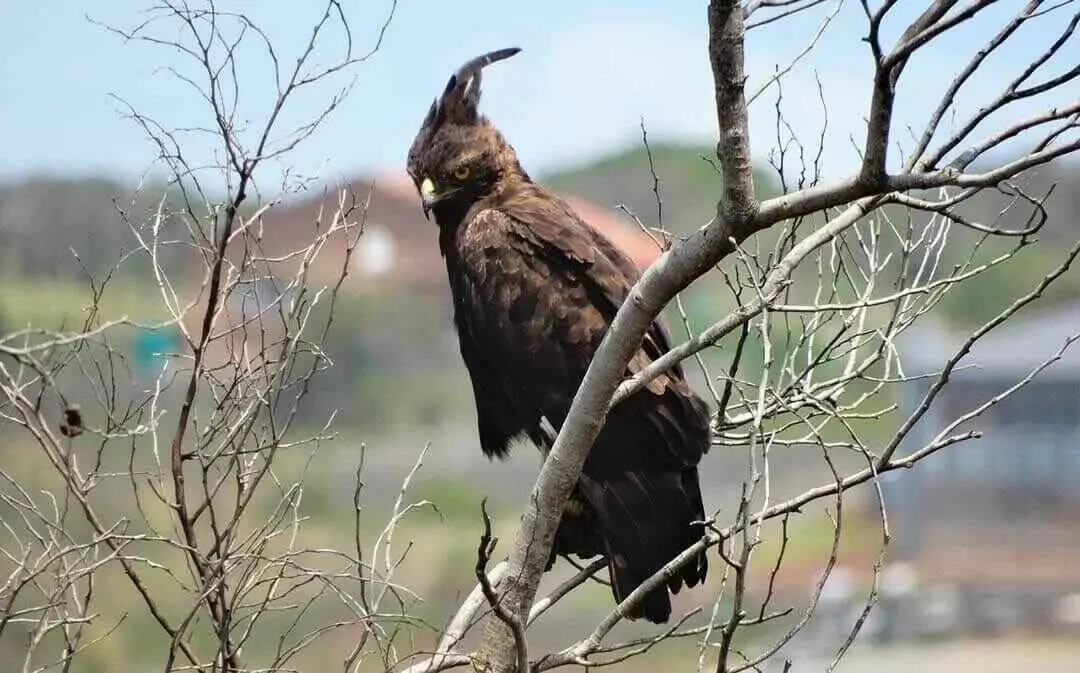
BIRDING IN
Okavango Delta
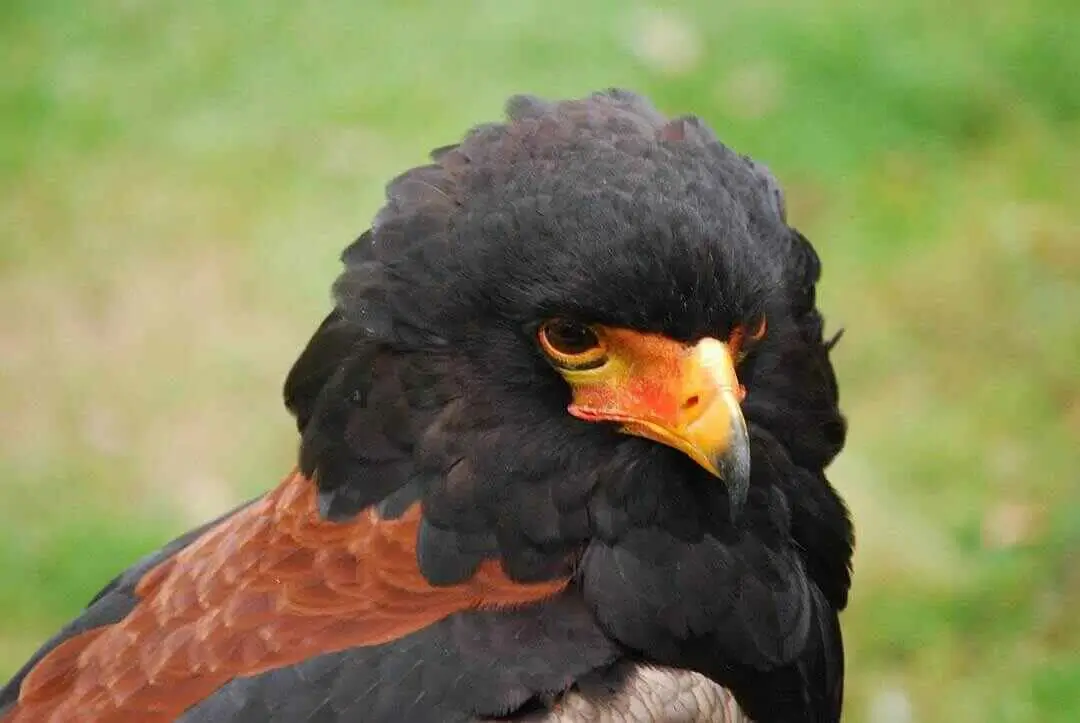
BIRDING IN
Okavango Delta
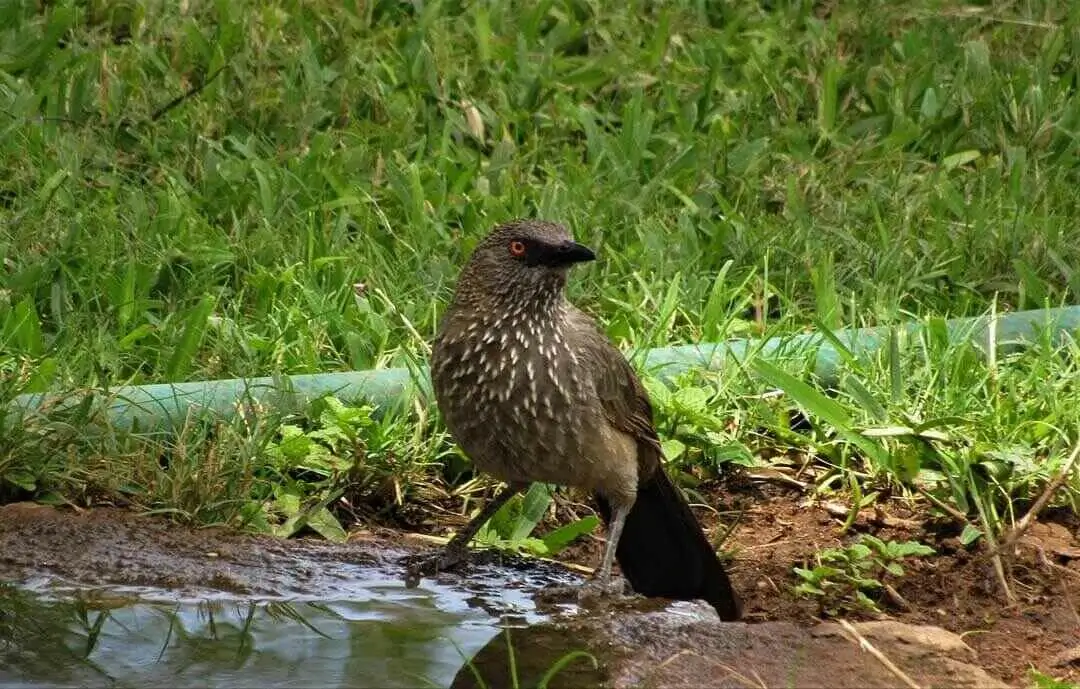
BIRDING IN
Okavango Delta
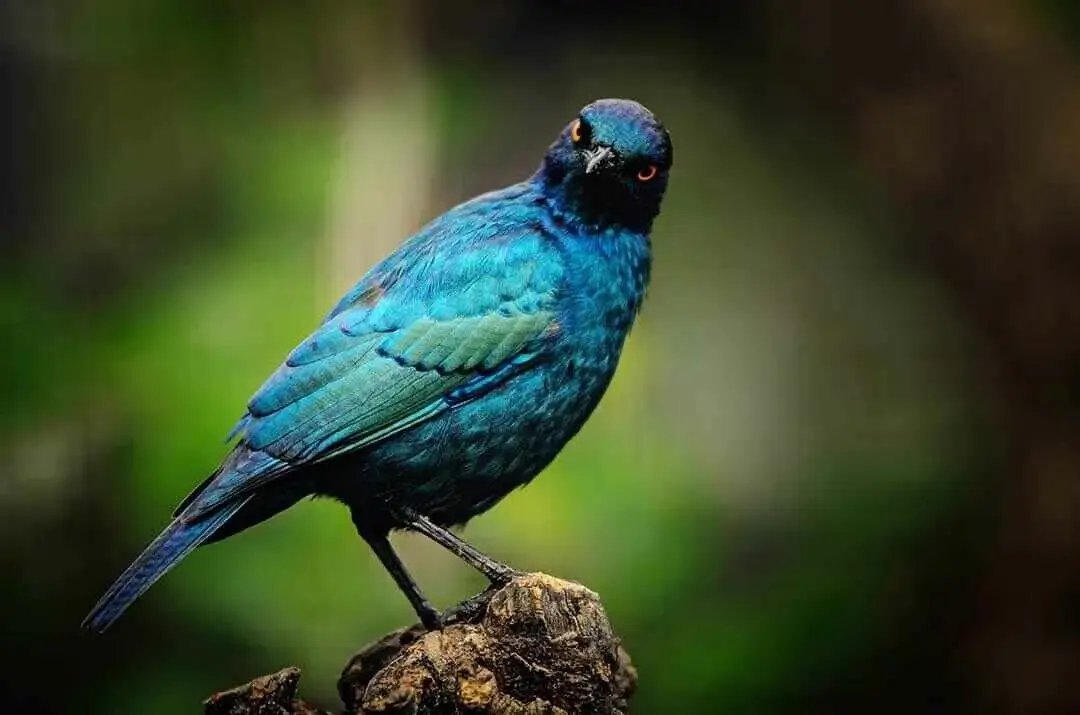
BIRDING IN
Okavango Delta
Okavango Delta offers excellent birding opportunities. This magnificent World Heritage Site boasts more than 450 recorded species of birds. It is not uncommon to spot around 140 specifies in a day. The entry point for most tourists is the town of Maun. While western Delta and Panhandle, as well as Moremi Game Reserve are reachable by car (4x2 and 4x4, respectively); light aircrafts are the best way to get around the most of the delta if time matters.There are more than 450 species of birds in the Okavango Delta and over 100 of these can be found in Mababe. Botswana boasts great numbers of European and North African migratory birds best seen during the safari green season from October to April.
For this reason, while the Okavango offers good year round birding, the picturesque green season (December-March) is the best time for avid bird watchers as the Palearctic migrants are present and the resident birds are in breeding plumage - the bushveld is alive with birdsong and flashes of colour. Treats for avid birdwatchers include populations of globally threatened Wattled Crane and Slaty Egret in the north which are of international importance. When flooded, Sowa Pan, to the east of the Makgadikgadi Pans, attracts globally significant numbers of lesser and Greater Flamingos.
In the northwestern corner of Botswana is the inland delta of the Okavango (18,000 square kilometres) where the Kavango River spreads out into a maze of channels, lagoons and backwaters creating the largest Ramsar site in the world. Habitats range from open grasslands (seasonally flooded) and palm fringed islands with tall stands of mature woodland, to ample Papyrus and Phragmites which line the waterways and lagoons, and lush riverine forests along the riverbanks. The threatened Wattled Crane and Slaty Egret have their global stronghold in this area.
Inside the Kalahari sandveld ecosystem where vegetation consists mainly of low shrubs and bushes interspersed with patches of woodland, expect to see Plum-coloured and Cape Glossy Starlings, Arrow-marked Babbler, Bradfield's Hornbill, Barred Owl, Bateleur Eagle, Ant-eating Chat, Three-streaked and Black-crowned Tchagras. Arid Central and south-west areas including the Kgalagadi Transfrontier Park support Ostrich and birds of prey such as Gabar and Pale Chanting Goshawks, Black-breasted Snake Eagle, Greater Kestrel and the Kori Bustard as well as a notable number of smaller species.
Other special birds include: Pink-backed Pelican, Rufous-bellied and White-backed Night Herons, Pygmy Goose, African Skimmer, Pel's Fishing Owl, Coppery-tailed Coucal, Pink-throated Longclaw, Red-winged Pratincole, Chirping Cisticola, Long-toed Plover, Swamp Boubou, Bat Hawk, Western Banded Snake and Long-crested Eagles, Southern Carmine Bee-eater, Narina Trogon and Brown Firefinch.
Our Experts are ready to provide answers
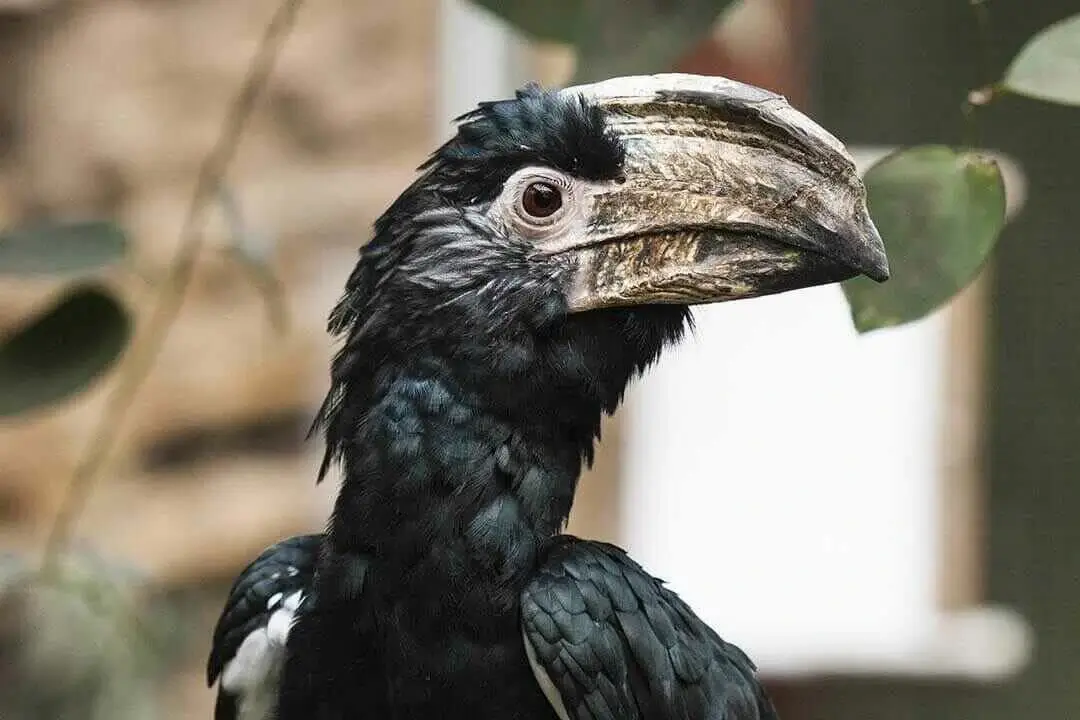
The Chobe National Park with 450 bird species Botswana's longest list in the north-east provides a similar habitats on a much smaller scale: the Chobe River itself, seasonally inundated floodplains, covered with reeds; riverine woodland and further from the river, mixed broadleaved woodland.
Read More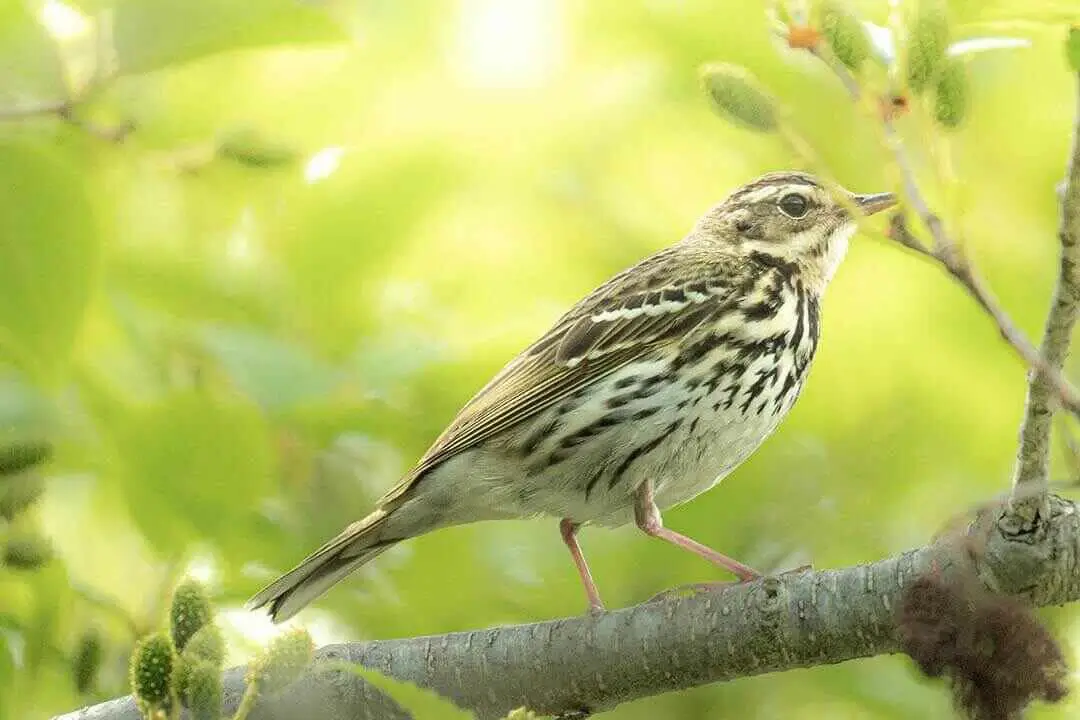
Some 430 bird species have been recorded in the region. Notable birding sites are the SE Botswana Important Bird Area, the Gabarone Game Reserve, Kgale Hill, Mannyelanong Hill, Phakalane Sewage Lagoons, and Bokaa Dam.
Read More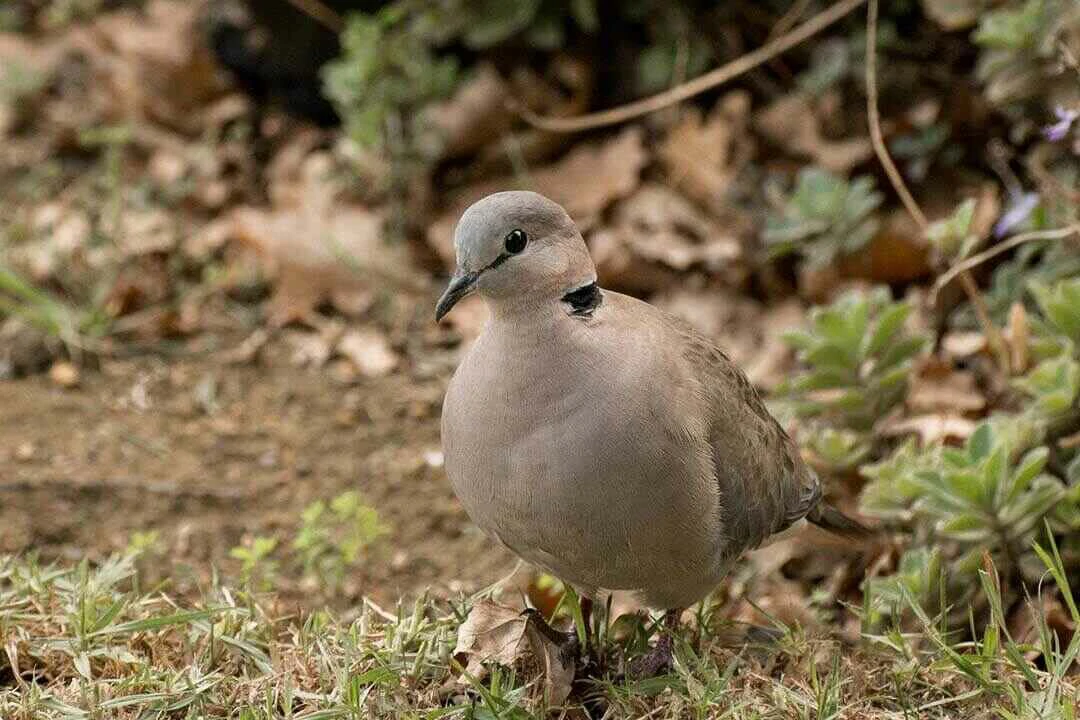
Over 350 species of birds have been recorded in the reserve, which offers some of the best birding in Botswana during this time of year. Night drives to view nocturnal animals including predators on the prowl can be arranged through the various lodges on private lands adjacent to the reserve.
Read More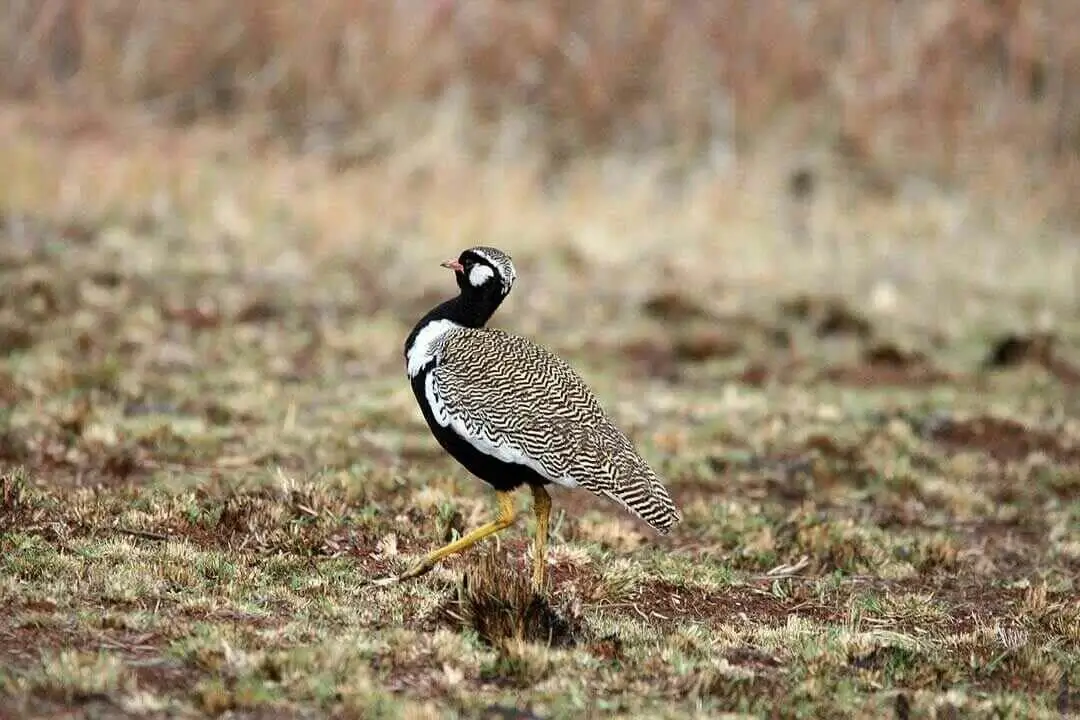
Numerous shorebirds are present, especially during Palearctic winter. Among other interesting birds present are species typical of arid grassland such as Common Ostrich, Wattle Crane, Black Bustard, Burchell's Sandgrouse, Rufous-naped Lark, Cape Clapper Lark, Eastern Clapper Lark, Sabota Lark, Spike-heeled Lark, Chestnut-backed Sparrow-Lark, Gray-backed Sparrow-Lark, Desert Cisticola, and Southern Anteater-Chat.
Read More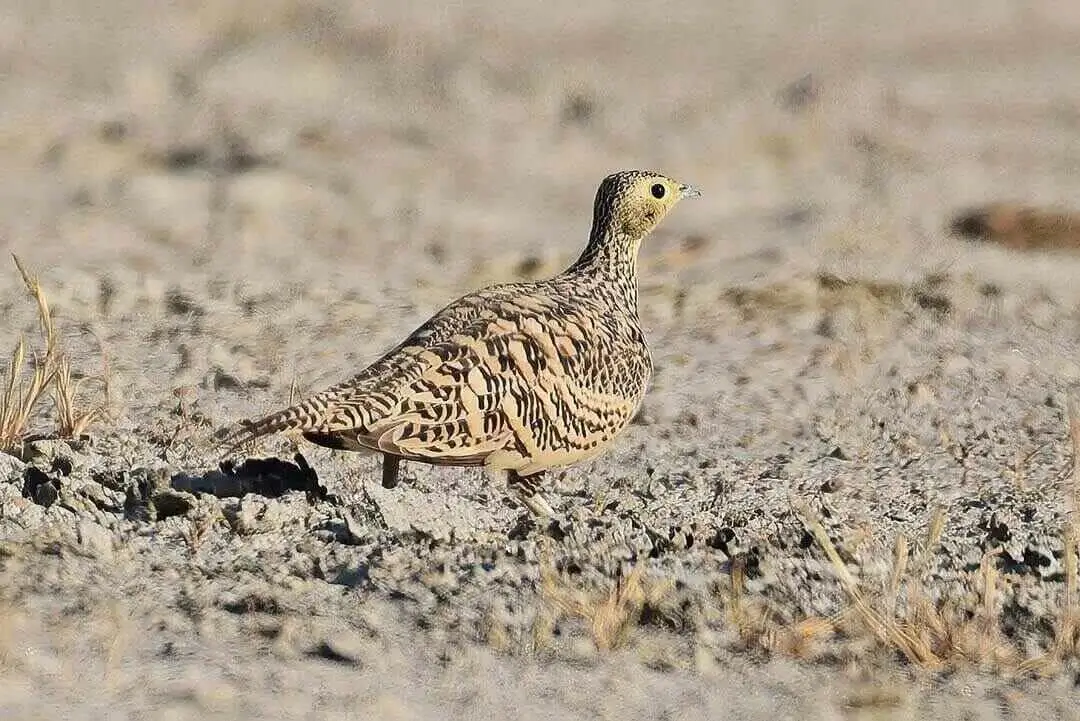
When water is present, the lake has abundant bird life and even when dry is home to the globally threatened Black-winged Pratincole and Lesser Kestrel, qualifying it as one of the 12 Important Bird Areas in Botswana.
Read More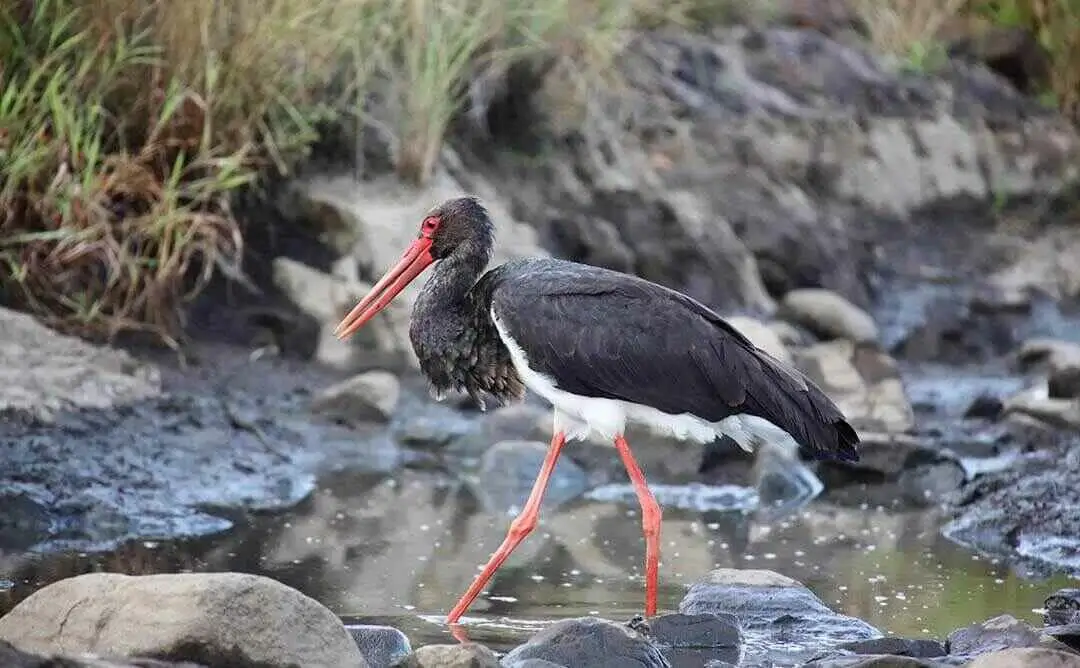
The Tswapong Hills are located 40 km north of Palapye in eastern Botswana. Palapye is 275 km north of Gabarone and 586 kilometers east of Maun. It's remote location makes it difficult to visit on a typical safari. The Tswapong Hills in eastern Botswana are a low-lying mountain range reach 300-400m above the surrounding plateau.
Read More